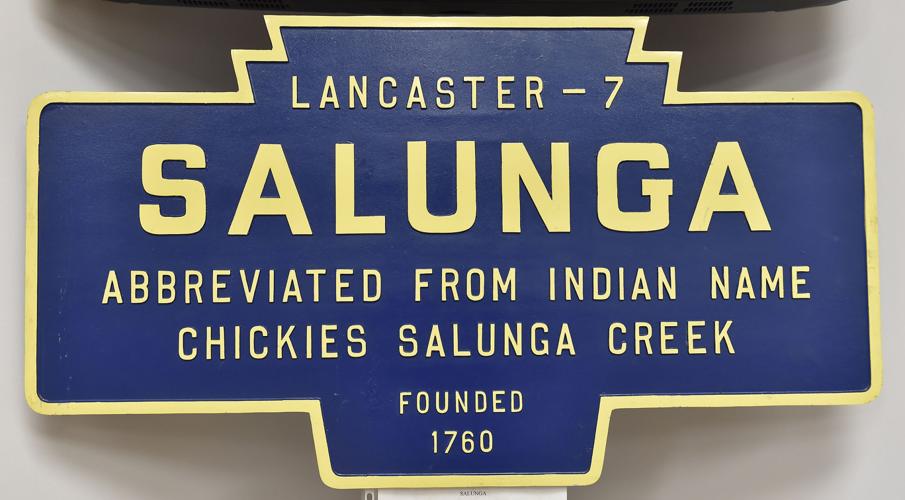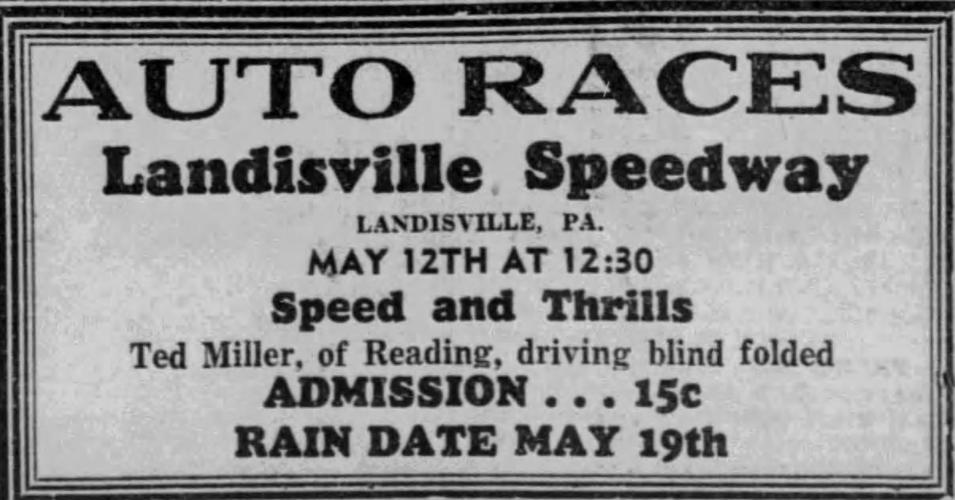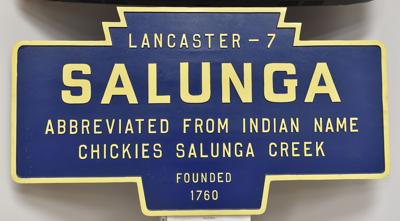What’s in a name?
The cluster of homes around which Jacob Minnich built a residence in 1798 and then a hotel was initially known as Centerville, because it was about halfway between Lancaster and Mount Joy.
But when the town went to establish a post office in 1829, founders learned that the name “Centerville” was already taken. Minnichville was proposed, but Minnich is said to have objected, so the town was named for John Landis, the first postmaster.
Salunga was named for Chiquesalunga, an early name for what is now Chiques Creek, although for a time it was known as Utica, which was the preferred name of Jacob Hostetter, who laid out much of the town in 1847.
Since Salunga no longer has its own post office and the area is all covered by the same ZIP code, residents in what has long been Salunga often now have a Landisville address.
More commonly, though, residents today describe themselves as being from Hempfield, which is the name of the school district as well as the local fire company and the former Salunga Park.
Mining legacy

D.B. Landis postcard of a furnace at the former Bamford mine.
Bamford Avenue and a cluster of homes behind Hot Z Pizza is all that remains of a perpetually underperforming lead and zinc mine near Landisville once backed by a wealthy English pork packer.
The first attempt to operate a mine in the area was made by the Lancaster County Mining Co., which was established in 1847 after a farmer found rocks containing lead, zinc and traces of silver while digging post holes.
The mining operation was abandoned after a couple years because it wasn’t profitable. Then in 1872, new tests of the ore were conducted by a local entrepreneur who convinced Englishman Charles Bamford to revive the mine.
A June 22, 1929, Lancaster New Era story on the mine’s history described Bamford as “a member of the millionaire firm of Bamford Brothers, pork packers, with offices in Chicago, New York and Liverpool, England.”
A mining operation began with new buildings and machinery installed near the cluster of homes that became known as Bamfordville. But the operation was abandoned in 1877 before being briefly revived for a couple years by Lehigh Zinc and Iron Co. of Bethlehem. The mine site was permanently abandoned by 1900 and today is is covered over by the Kellogg’s plant.
Landisville Speedway

A 1935 newspaper advertisement for Landisville Speedway.
In 1932, Landisville area farmer Scott Nissley built a speedway around a football field he had constructed on his farm across Harrisburg Pike from what is now Amos Herr Park. Nissley’s football field was also the home of the the Salunga Indians, a semi-pro football team.
When the dirt track first opened, drivers would race in jalopies — modified cars that had a frame, seat, steering wheel and a motor. The front straightaway ran through what are now the backyards of Duffland and Park View drives in the housing development at the corner of Nissley Road and Harrisburg Pike.
In 1935, an unsuccessful petition to end the racing was circulated by residents and nearby Mennonite churches after three spectators were injured when a car barreled into the crowd. In 1936, lights were installed around the track area and the first night races were held. The track shut down in 1938.
Bicycling newspaper publisher

D.B. Landis
Landisville had its own weekly newspaper from 1883 to 1885, The Landisville Vigil, which was published by Donald Bachman Landis, grandson of the town’s namesake.
Landis was 16 years old when he began the monthly Keystone Amateur in Landisville and then got a job as a printer before beginning the Landisville Vigil when he was 21.
Landis sold the paper in 1885 to The Star in Mount Joy, which published a Landisville edition for a time. Afterward, Landis became an office superintendent for the Lancaster Inquirer before opening Landis Art Press, where he turned his photographs into postcards. He also served on Lancaster City Council.
An avid bicyclist, Landis claimed to be the first “bicycler” west of Lancaster.
“When learning to ride, I had never seen another wheelman mount or dismount, so the teaching was all my own,’’ Landis wrote in 1881.
A copy of The Landisville Vigil is on display at The Cooper Museum at R.H. Cooper’s service center in Salunga.





 CHAD UMBLE | Staff Writer
CHAD UMBLE | Staff Writer


